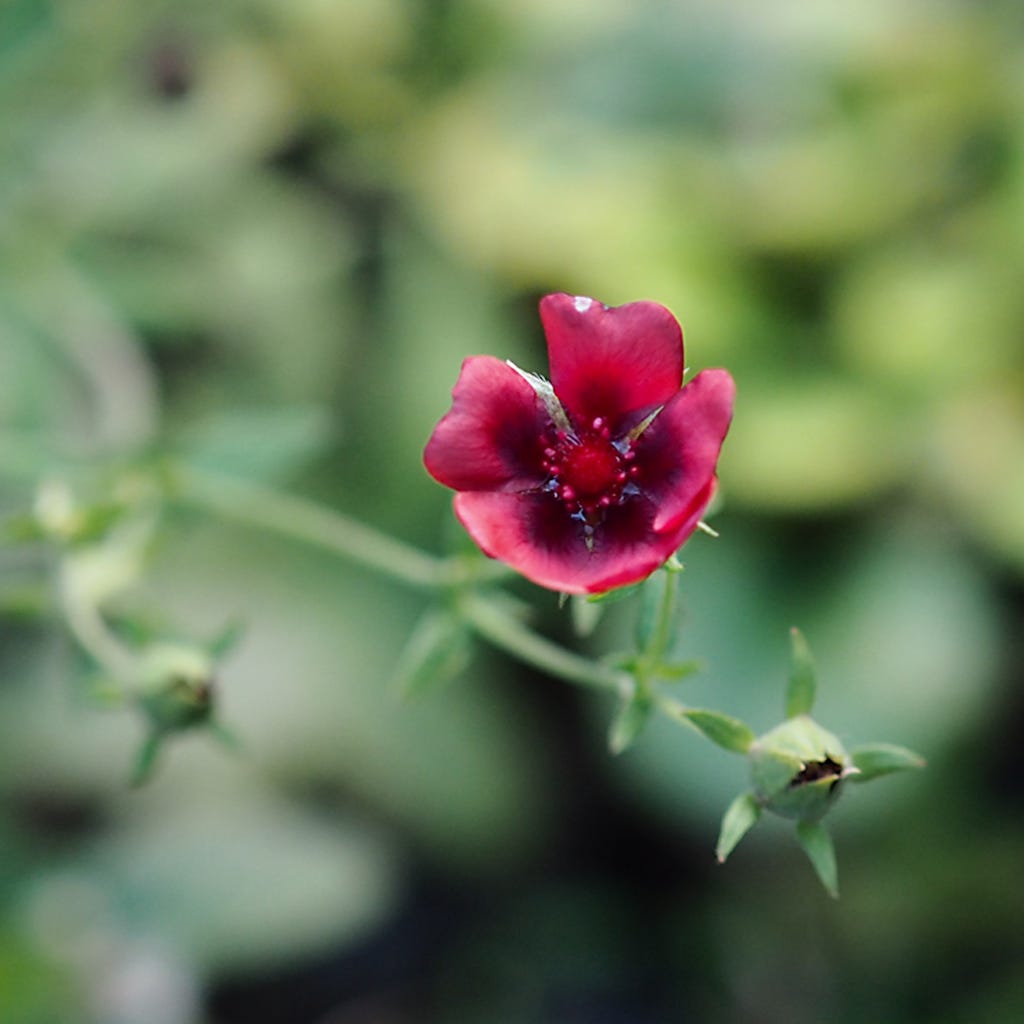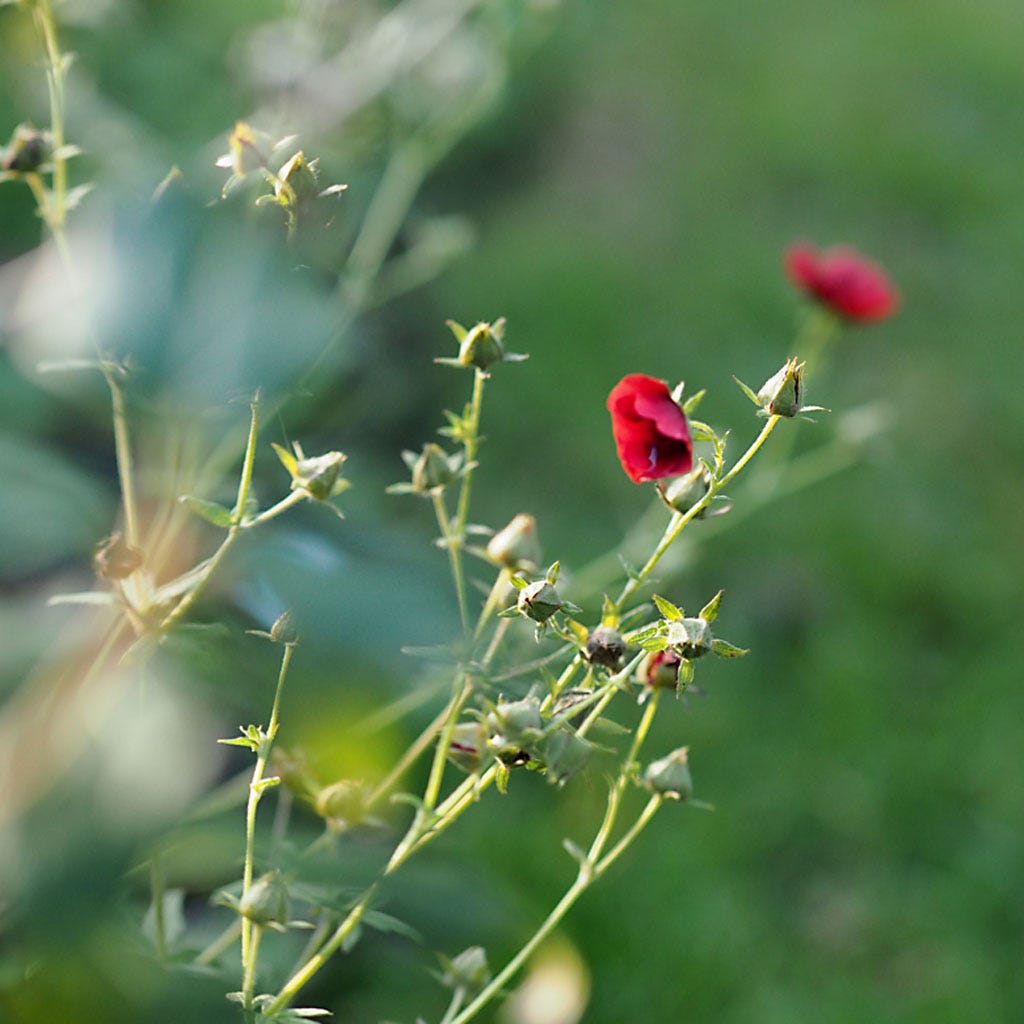Gardening time seems to be all about catching last vestiges just now.
I am a catcher of last vestiges. At least, it seems that way just now. The last vestiges of the daylight, the last vestiges of the growing season. The last vestiges of a particularly delicious something-or-other that, with the aid of a torn-off hunk of fresh, doughy bread, I’ll catch and despatch with the utmost appreciation.
Show me a vestige, and I’ll catch it. The surviving traces of something wonderful just as it comes to an end, invariably worth savouring for as long as we possibly can, stretching out the final moments before it slips from experience into memory, from happening to story. Sometimes it takes a little effort, a kneeling down in the mud to peer at a smallness, an abandoning of something else mid flow in order to catch the fleeting light, and unusual application of dexterity to chisel the best bits from the bottom of the pan, or the corners of the tin. In the garden, in the kitchen, at the table. Other places, too, no doubt, but this is where I usually am. Catching things.
Today, it’s petals – not just any petals, but flouncy ones, deep dyed with the intensity of summer. Not flowers – flowers persist right through the year, on the mahonia, on the ivy, on a host of winter flowering shrubs with flowers big on scent but small on show, holding themselves close against the cold. Now, in mid-October, flouncy petals are on their way out. A few cosmos struggling against the wind and the rain, the salvias standing up remarkably well, and the fuchsias, dancing from gust to gust.
Most of this gorgeous cinquefoil, Potentialla thurberi ‘Monarch’s Velvet’, has now gone to seed, but there are a few stubborn blooms left on the wiry stems, each a luxuriantly rich punch of Renaissance finery, five crimson petals with a deep maroon blotch at the bottom surrounding the central blood red crown of the pistil. There are a few royal offspring in the borders, the propensity to seed itself about granting the gardener a dispensation from the job of dividing this particular perennial, in reality, not a remotely onerous task. This is one of those happy plants that seem content to be dug out of the ground and have portions ripped off it with very little ceremony, each chunk establishing itself quickly in its new location, its crinkly, divided, blue-grey leaves doing more than a passable impersonation of a wild strawberry. Royalty dressing up as peasants. Stuff of legend.
When the rain’s eased off, I’m going out to count how many new buds are on there, which seems like a remarkably good way of spending the time it takes to drink a cup of strong, black coffee. There are a thousand ways to honour a garden by mindfully marking the passing of another season. Catching the last vestige of the petals is how I’ll be doing it today.







